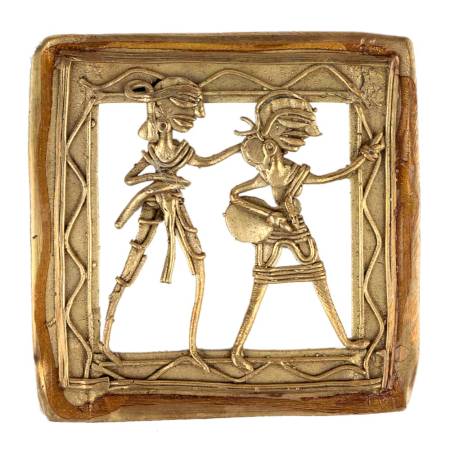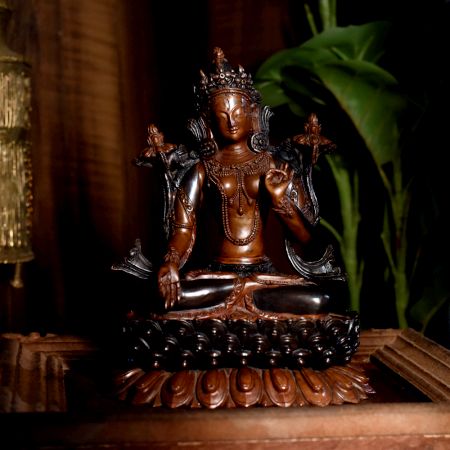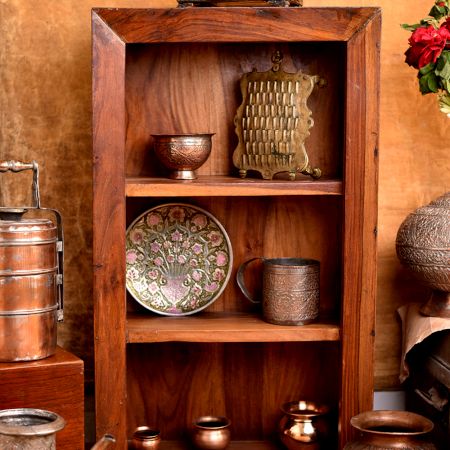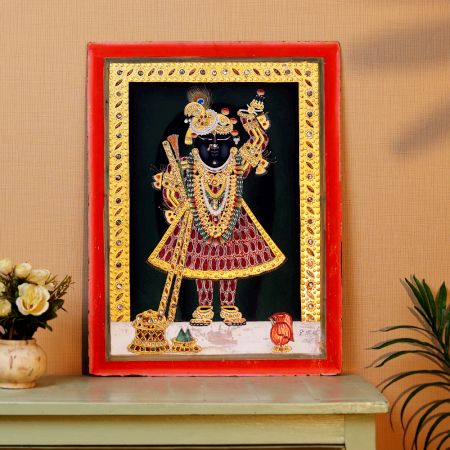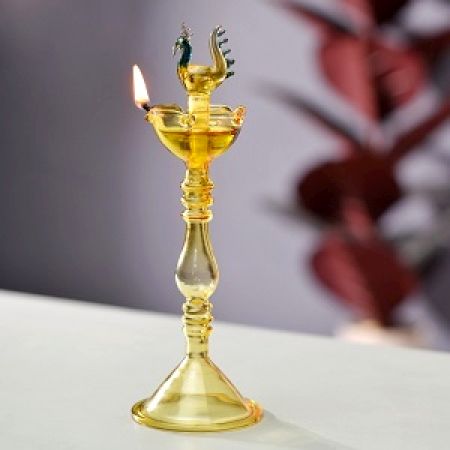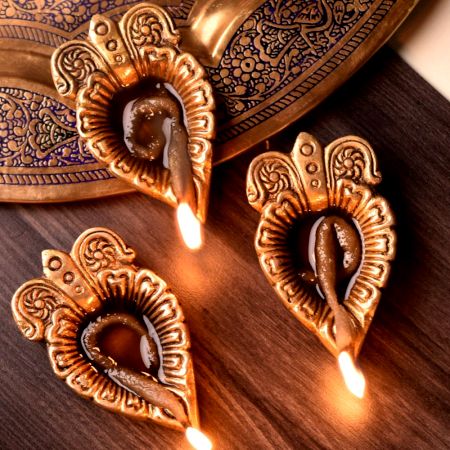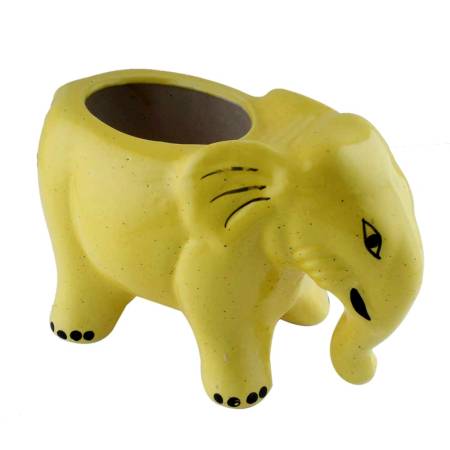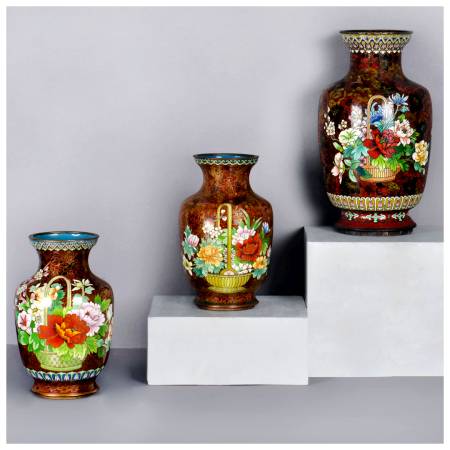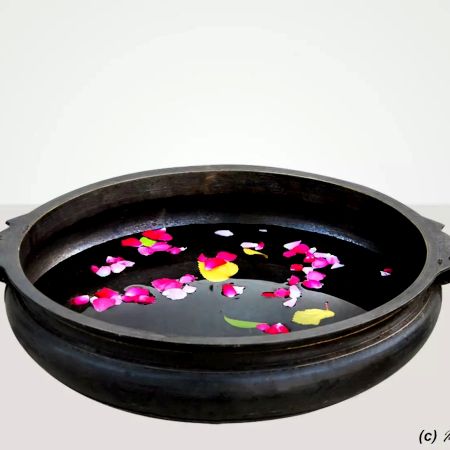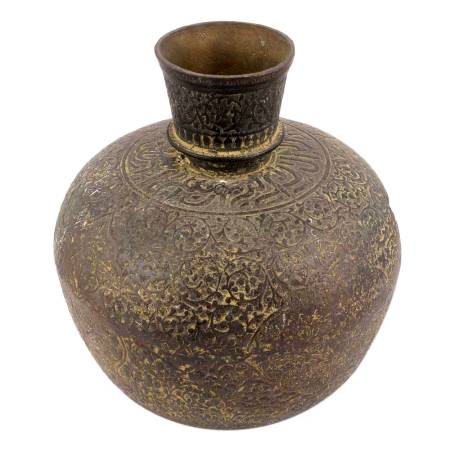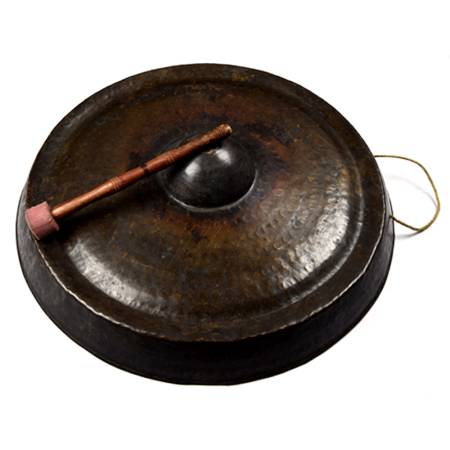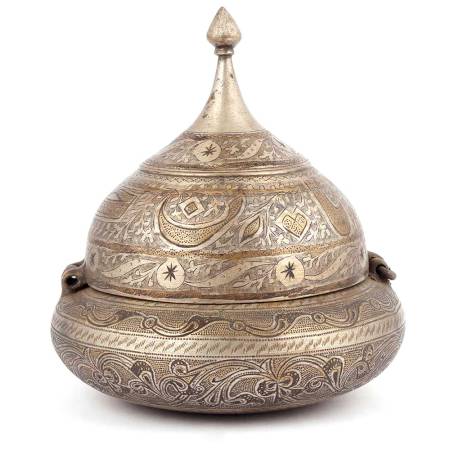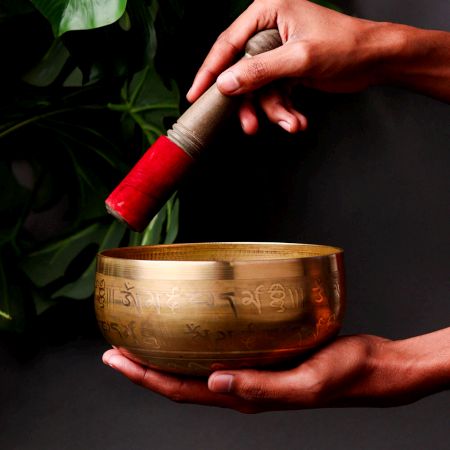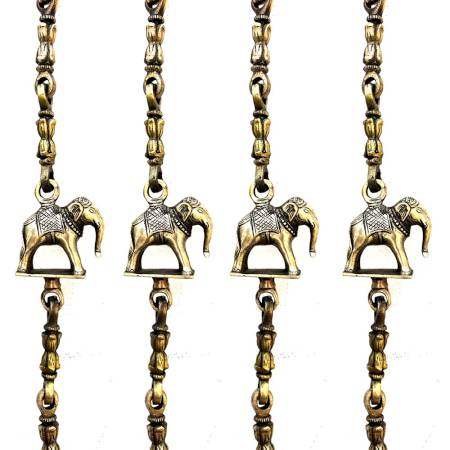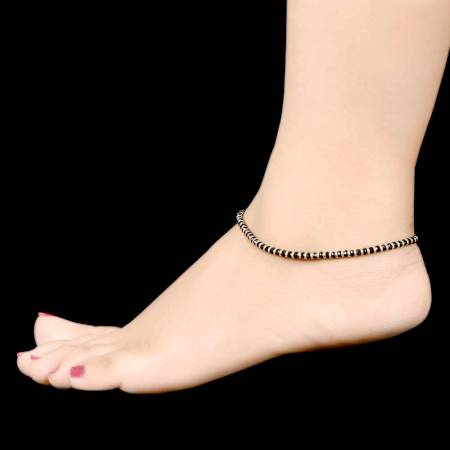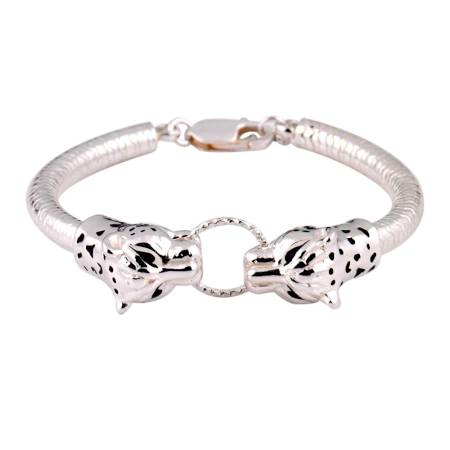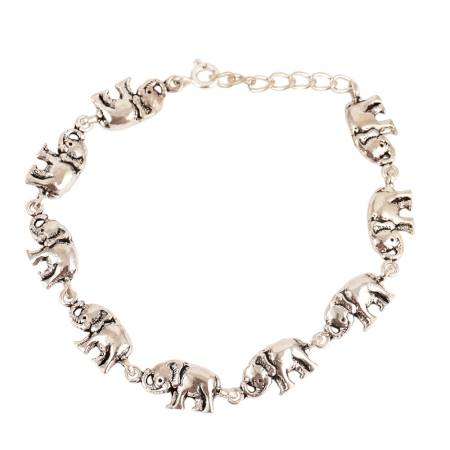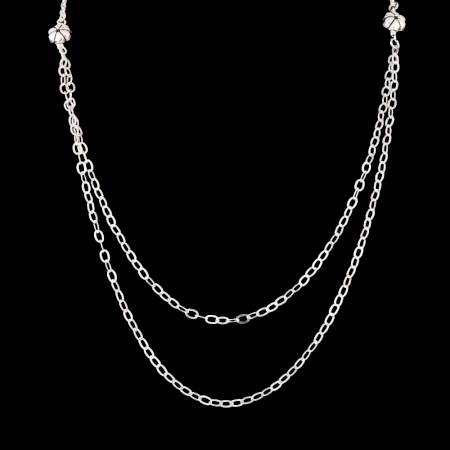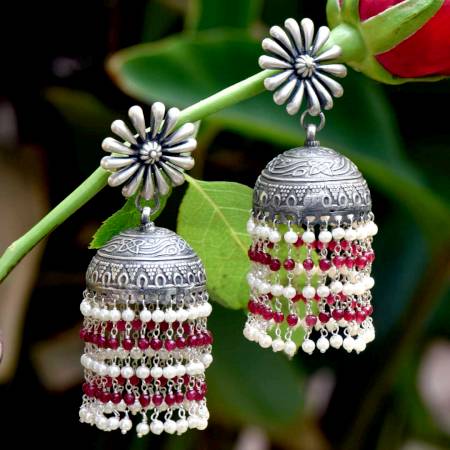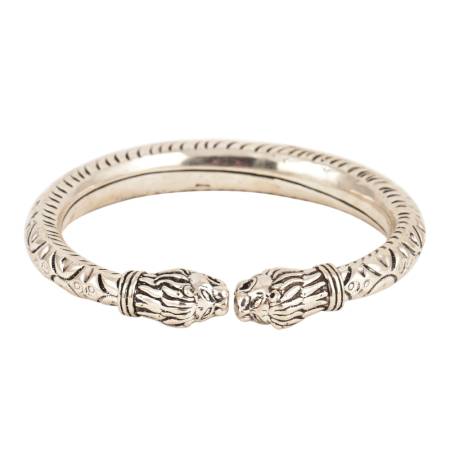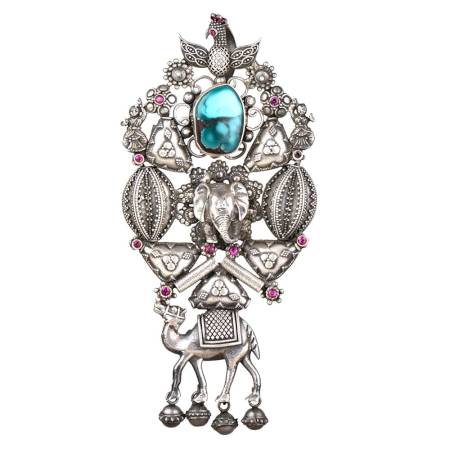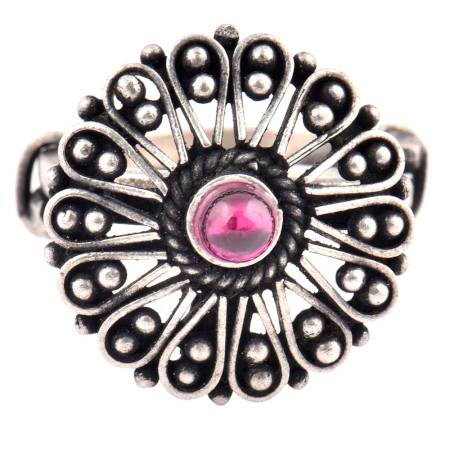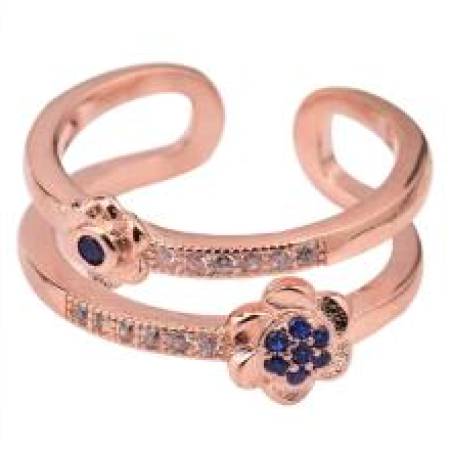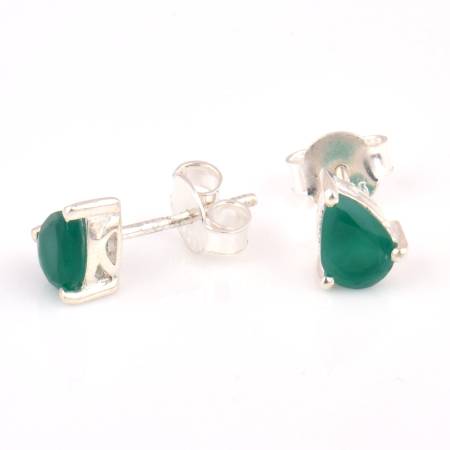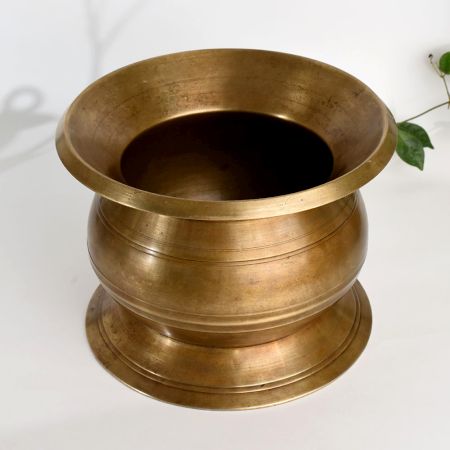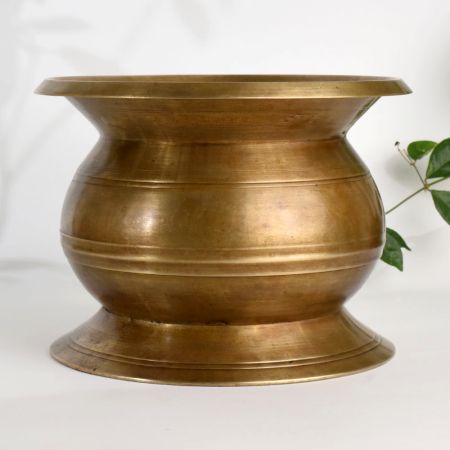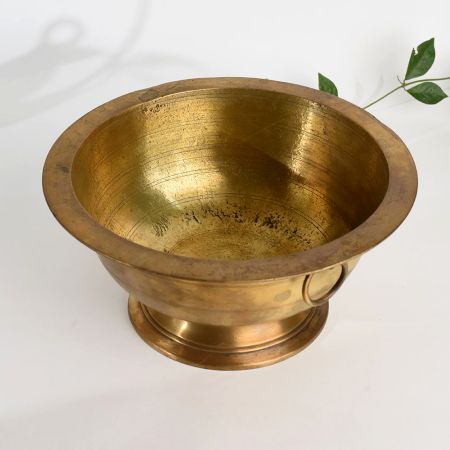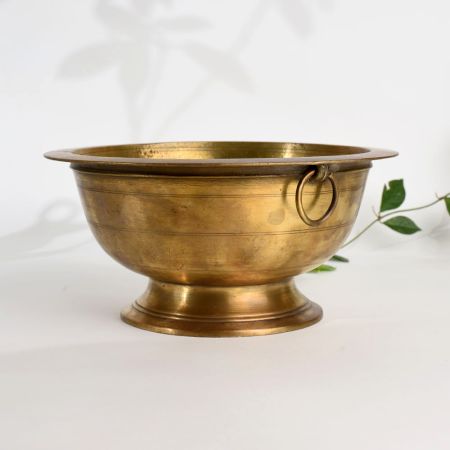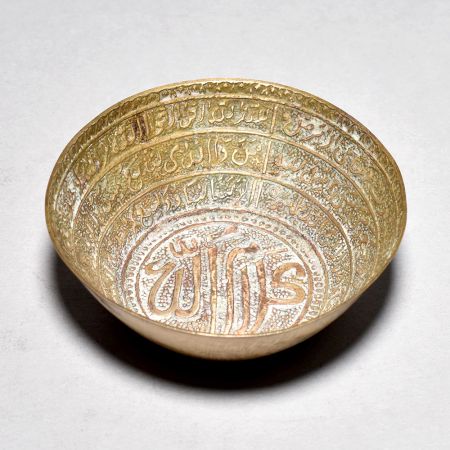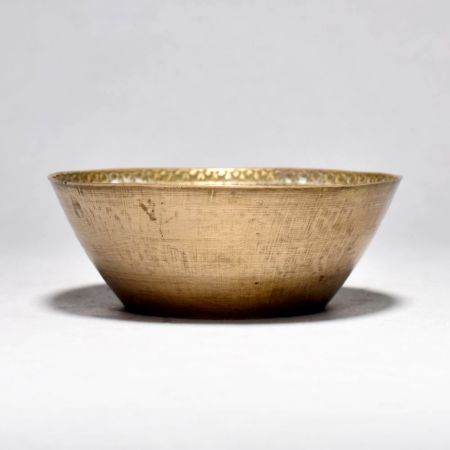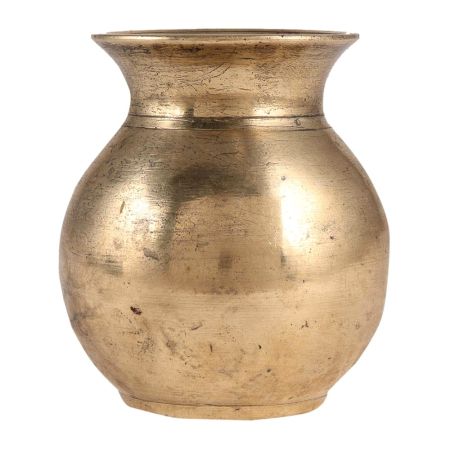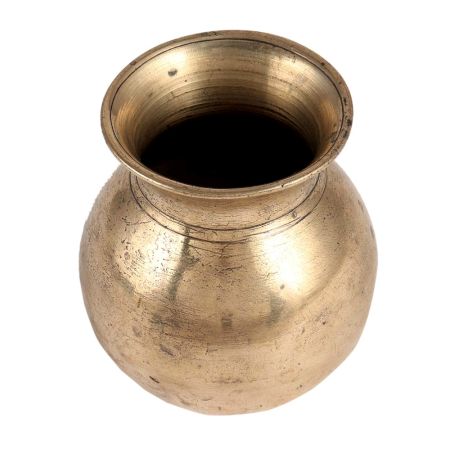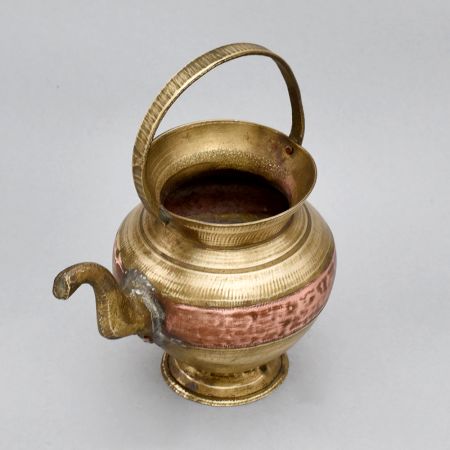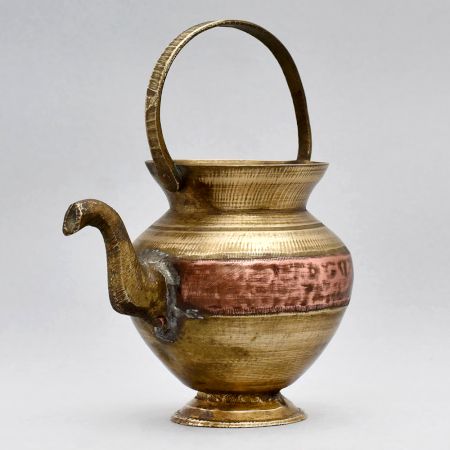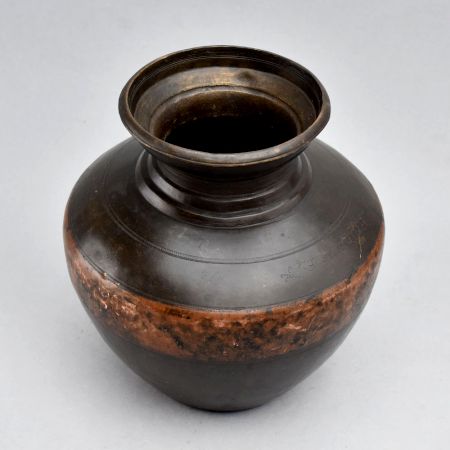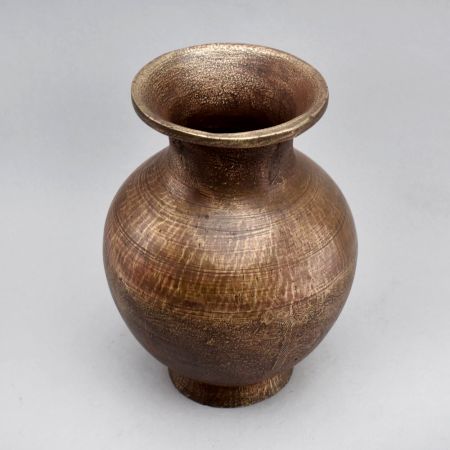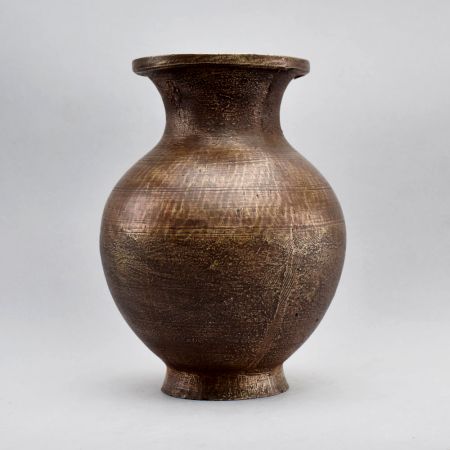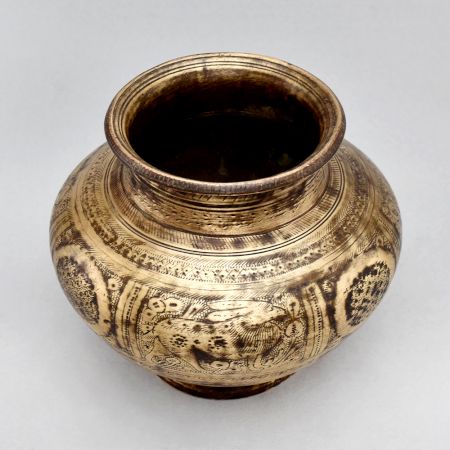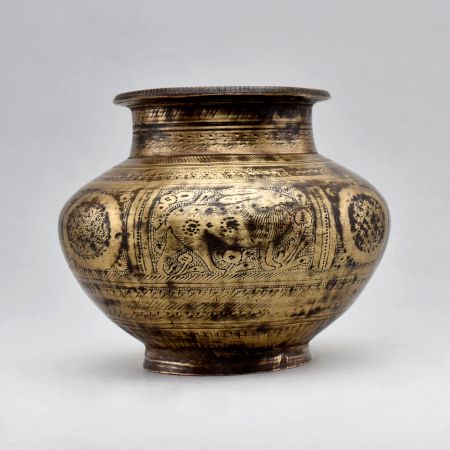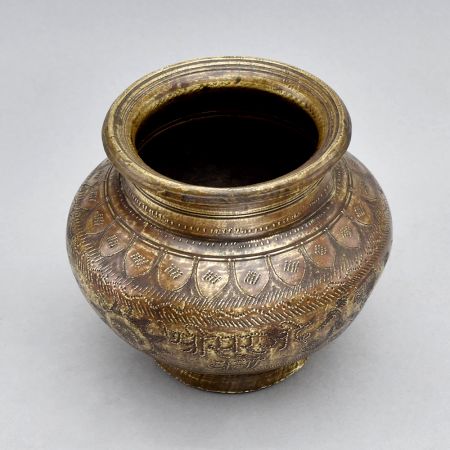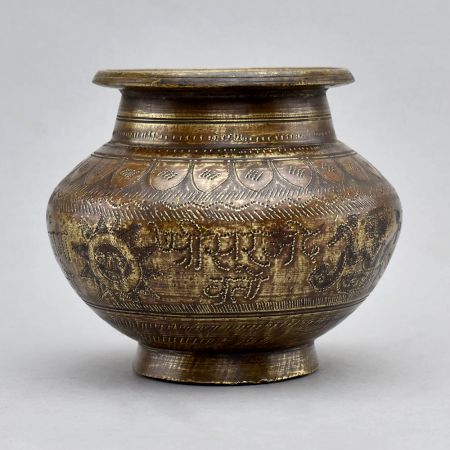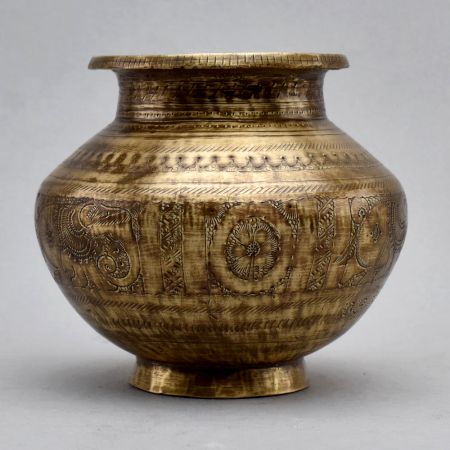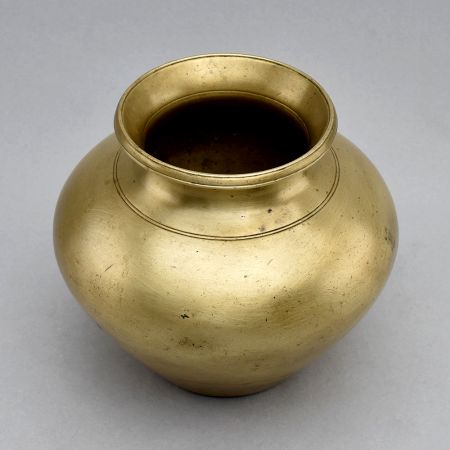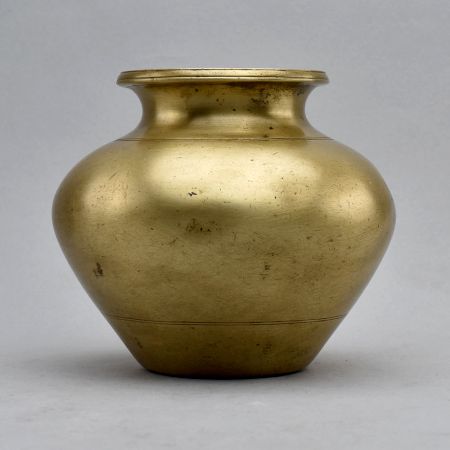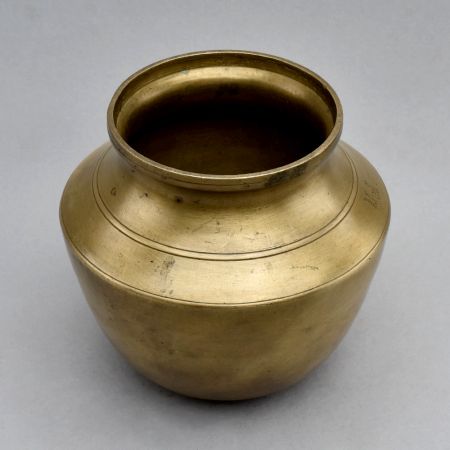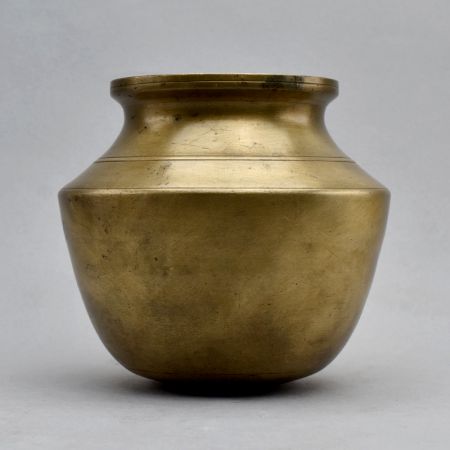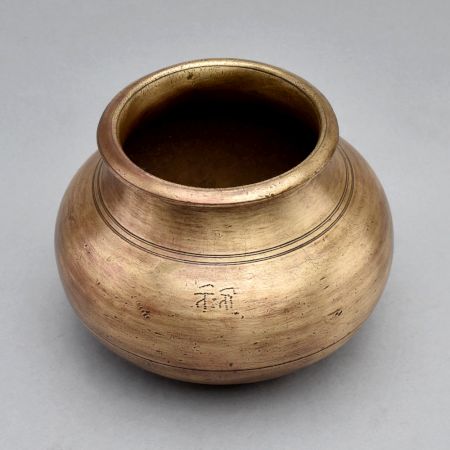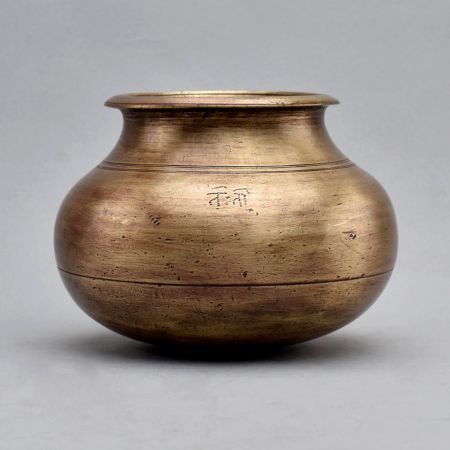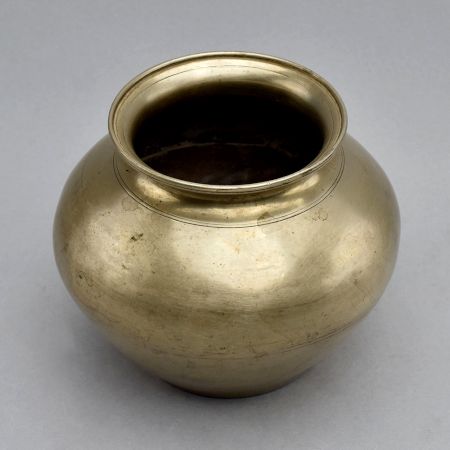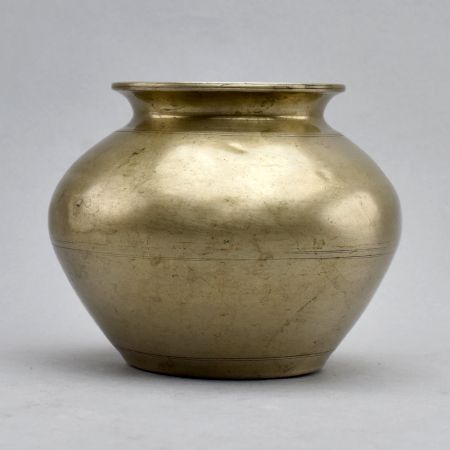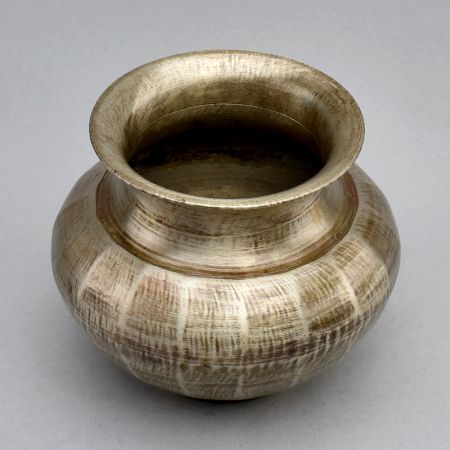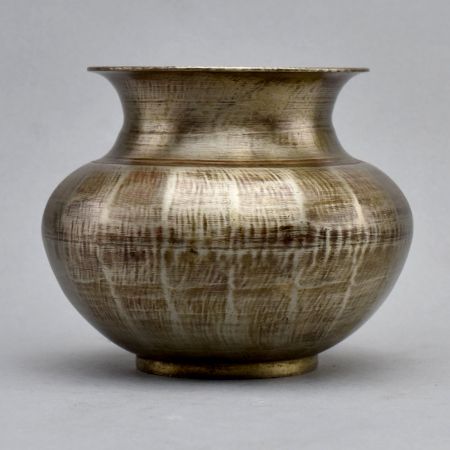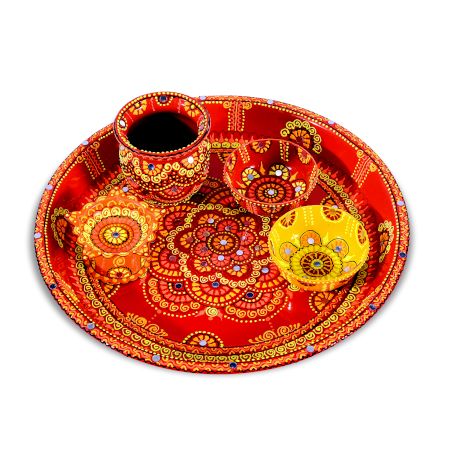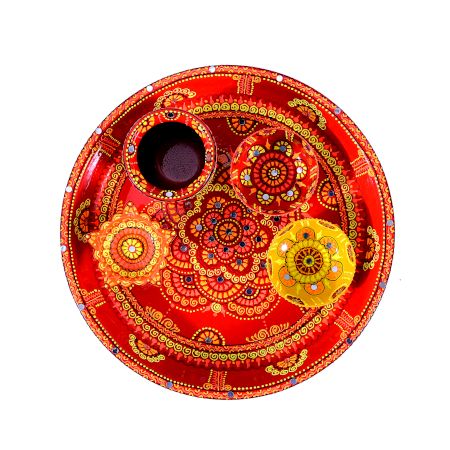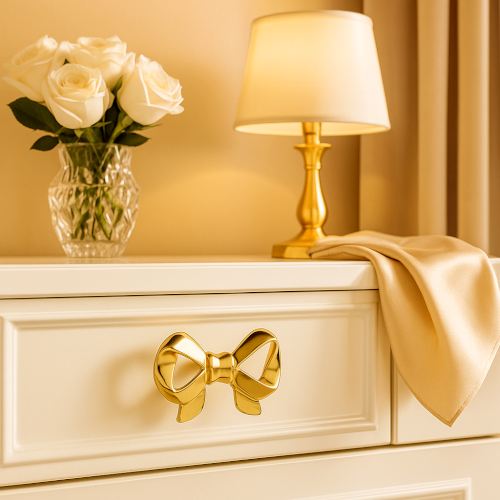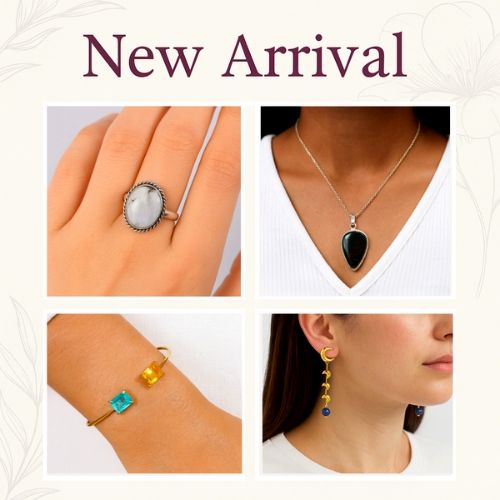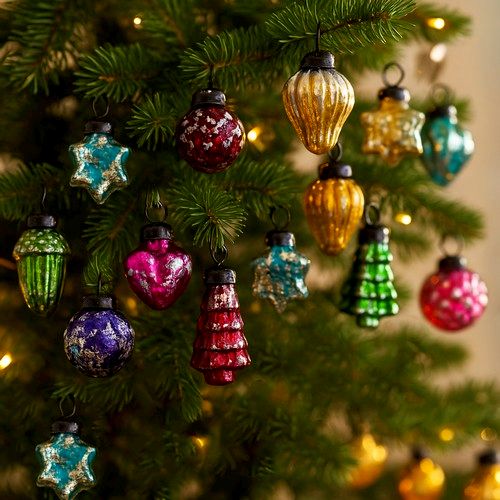The Timeless Charm of Vintage Kitchen Utensils: A Blend of Function and History
Vintage kitchen utensils are silent narrators of a forgotten time — when kitchens were not rushed, and every tool had a soul. These utensils, made from copper, brass, cast iron, wood, and stoneware, were crafted with a dedication to longevity and beauty. Beyond their utility, they carried cultural markers — floral carvings, hand-forged handles, traditional motifs — making each piece distinct. In every curve of a rolling pin or the weight of an iron ladle, you can feel the patience of old-world kitchens. Collecting or using vintage kitchen tools today is not merely about aesthetics; it’s about honoring stories, sustainability, and the intimate connection people once had with their food and craft. As we modernize our kitchens, there’s something grounding about holding a piece that has seasoned hundreds of meals, passed through generations, and still feels ready for service.
What is a vintage kitchen utensil and where did it originate?
A vintage kitchen utensil is any tool used for cooking, baking, or food preparation that was made several decades ago, usually before the 1980s. It’s not only about age but about the craftsmanship and design sensibilities of an earlier era. These utensils often include cast iron skillets, brass ladles, wooden butter molds, copper pans, and hand-cranked mixers. Their origin depends on regional traditions — for instance, copper pots became popular in France for delicate sauces, while India saw the rise of sturdy brass and bronze utensils in traditional homes. America embraced enamel-coated tools during the early industrial periods. Each origin story is rich with local materials, evolving needs, and aesthetic values. A vintage utensil is a small but mighty reflection of how a community cooked, celebrated, and lived. Holding one often feels like stepping into someone else's kitchen from a different century.
How are vintage kitchen utensils different from modern or contemporary kitchen tools?
Vintage kitchen utensils stand apart because they were built with longevity and artistry in mind. Where modern kitchen tools often focus on convenience and mass production, vintage utensils are heavier, often handmade, and built to survive generations. Materials like solid copper, hand-forged iron, and real hardwoods were common, giving a sturdiness modern plastics or silicone can’t replicate. Even the designs differ — vintage pieces often had ornate handles, intricate carvings, or layered finishes, whereas today's tools prioritize minimalism. Functionally, vintage tools might require more care — seasoning a cast iron pan, polishing a copper ladle — but the reward is a deeper connection to your cooking. Every dent, every worn handle speaks of meals cooked with love. Vintage utensils ask you to slow down, to feel the process, unlike modern tools that are designed for speed and efficiency.
What are the different styles or types of vintage kitchen utensils?
Vintage kitchen utensils come in a fascinating variety, each reflecting a specific function and era. There are cooking tools like cast iron skillets, brass spatulas, copper pots, and wooden rolling pins. Baking tools included hand-crank egg beaters, dough cutters, and stoneware mixing bowls. Serving utensils—carved wooden ladles, ornate silver tongs, enamel serving trays—brought charm to the dining table. There were also specialized types: butter molds, grain grinders, spice boxes, and meat tenderizers, each designed thoughtfully for particular tasks. Styles ranged from the rustic farmhouse simplicity of thick wood and iron, to the ornate Victorian silver sets, to Art Deco’s clean, geometric designs. In India, the styles shifted from sturdy bronze handis to delicate brass spice boxes. Every style captured a way of living — some practical, some ceremonial — but all bound by the craftsmanship of their time.
What materials are commonly used in vintage kitchen utensils?
Vintage kitchen utensils were built from materials chosen for strength, beauty, and functionality. Cast iron was beloved for cookware like pans and griddles because of its heat retention. Copper was a premium choice for pots and kettles, known for even cooking and its lustrous beauty. Brass and bronze dominated Indian kitchens, offering durability and natural antimicrobial properties. Wood, often oak, teak, or maple, shaped rolling pins, cutting boards, and butter molds, lending a warm, tactile feel. Enamelware—steel coated with colorful porcelain enamel—added a splash of color to kitchens while resisting rust. Ceramic and stoneware were used for mixing bowls and storage jars. Unlike today's plastic or silicone tools, these materials aged gracefully, acquiring a patina and personality over time. Every scratch, every darkened edge told a story — not of decline, but of faithful service.
What motifs or designs are common on vintage kitchen utensils?
Vintage kitchen utensils often carried the hand and heart of the maker through their motifs and designs. Floral engravings were especially popular — delicate vines, lotus blooms, roses etched into copper ladles or cast onto iron trivets. Geometric patterns appeared in Art Deco-era utensils, offering a sharp, modern aesthetic. In India, peacocks, mango leaves, and temple motifs adorned brass cookware, linking everyday meals with cultural richness. Farmhouse designs favored simple, functional lines but often added charming touches like heart-shaped cookie cutters or scalloped pie plates. Handles were often carved or molded with care: spirals, braided ropes, leaves, or stylized animal figures. Even functional elements, like drainage holes in colanders, were arranged in decorative patterns. These motifs weren't just embellishments; they were tiny acts of beauty woven into daily life, honoring the idea that even the most mundane task deserved a little art.
Where can I buy authentic vintage kitchen utensils online?
Finding authentic vintage kitchen utensils online feels like a treasure hunt, and there are several good places to start. IndianShelf is a vibrant marketplace, filled with individual sellers offering curated vintage pieces, often with detailed histories. Additionally, some local antique shops list selections on their websites or through Instagram. Always check for clear photos, age details, material descriptions, and seller reviews to ensure authenticity. A real vintage piece won’t be perfect — it will have tiny signs of age, like patina, wear on handles, or slight irregularities. Those imperfections are often the mark of the real thing.
How can I incorporate vintage kitchen utensils into a modern kitchen setup?
Blending vintage kitchen utensils into a modern kitchen is like adding poetry to prose—it creates depth, contrast, and soul. Start by choosing a few standout pieces: a copper ladle hanging beside a sleek steel stove, a carved wooden spatula resting near your modern blender. Display them openly, rather than hiding them away; hang vintage whisks and rolling pins on racks or hooks. Mixing textures—polished countertops with weathered iron, smooth tiles with rough wood—builds visual warmth. Use vintage utensils actively, not just decoratively: stir soups with a brass spoon, bake bread in an old enamel bowl. These utensils bridge eras, reminding us that good design transcends time. Keep the balance: too many vintage pieces can overwhelm; a few well-chosen items weave memory into modernity, making the kitchen feel less like a showroom and more like a living, breathing space.
How are vintage kitchen utensils preserved and celebrated today?
Today, vintage kitchen utensils are cherished not only by collectors but also by everyday cooks and heritage enthusiasts. Preservation often begins at home: gentle cleaning, regular oiling of wood, careful polishing of copper or brass. Museums and culinary institutes showcase them in exhibitions, tracing the evolution of food culture through tools. Artisan workshops and blacksmiths are reviving old techniques, crafting new pieces inspired by vintage models. Social media platforms like Instagram and Pinterest celebrate them with communities dedicated to kitchen nostalgia, sharing photos and restoration tips. Some chefs prefer vintage utensils in their kitchens, appreciating the way an old cast iron pan seasons better or a hand-forged knife cuts truer. In India, traditional brass and copper utensils are passed down generations, often polished during festivals as part of cultural rituals. In every case, preserving vintage kitchen tools means honoring not just the object, but the spirit of making food with love.
How is vintage Indian kitchen utensil culture linked to sustainability?
Vintage Indian kitchen utensils are naturally aligned with sustainability because they were made to last generations, not seasons. Brass, bronze, copper, and iron utensils were durable, repairable, and biodegradable in the end. In contrast to today’s disposable culture, earlier generations bought utensils to use for life—and beyond, handing them down as part of family heirlooms. Cooking in these metals was also healthier, reducing reliance on synthetic coatings or chemical treatments. Traditional Indian kitchens also believed in minimalism: a few multi-purpose utensils rather than dozens of single-function gadgets. Reviving vintage utensil use today aligns with eco-conscious living — less waste, less mass manufacturing, and deeper emotional value attached to each object. In a world grappling with overconsumption, vintage kitchen culture offers a sustainable blueprint: make thoughtfully, buy mindfully, use reverently, and pass down with pride.
What are the best vintage Indian kitchen utensil gift ideas?
Vintage Indian kitchen utensils make unforgettable gifts because they carry both utility and heritage. A brass spice box is a beautiful and meaningful present, symbolizing the heart of an Indian kitchen. Hand-hammered copper lotas or water jugs make stunning centerpieces. A seasoned cast iron tawa for making rotis, or a bronze uruli for festive cooking, blends functionality with tradition. Antique wooden spice grinders or stone mortar-pestles evoke the flavors and rhythms of old kitchens. For a more decorative gift, consider engraved serving spoons or hand-carved wooden ladles. The best gifts are those that feel personal — a piece that matches the recipient's love for cooking, aesthetics, or culture. Pair the utensil with a handwritten note sharing its history, and the gift transforms into a bridge between generations, memories, and meals.
How can I identify an authentic vintage kitchen utensil?
Identifying an authentic vintage kitchen utensil requires a mix of knowledge, intuition, and attention to detail. First, look at the material: authentic vintage utensils will often be made of solid metals like brass, copper, or cast iron, whereas newer items might be lighter or made of composites. Patina and wear are good indicators — genuine vintage items will show signs of use, like tarnishing on copper or slight rust on iron, but never be too damaged. Markings or signatures are crucial—many vintage items were marked with the maker's name, year, or region. For example, Indian brassware often bears traditional hallmarks. Look for craftsmanship details like hand-forging marks, unevenness, or slightly imperfect edges, all signs of handmade production. Research specific items and their makers or consult vintage experts online to confirm authenticity. Over time, as you collect, you’ll develop a deeper sense for what feels truly vintage versus a replica.
How to clean and maintain a vintage kitchen utensil?
Cleaning and maintaining vintage kitchen utensils is essential to preserving their beauty and functionality. Cast iron should be cleaned with a stiff brush, avoiding soap, and then seasoned with oil to protect against rust. For copper, use a vinegar-based solution or specialized copper cleaner to restore shine without damaging the patina. Brass and bronze require polishing with a mixture of lemon juice and baking soda or brass cleaner. For wooden utensils, wash gently with soap and water, then dry thoroughly. Regularly oil the wood with a food-safe mineral oil to keep it from drying out or cracking. Enamelware should be handled carefully, as it can chip — washing by hand with mild soap is best. Always avoid harsh chemicals or abrasive scrubbing tools that could damage delicate surfaces. When storing, ensure items are dry, as moisture can cause rust or rot, especially in wood and iron.
How old does a cooking pot need to be to be considered “vintage”?
A cooking pot is generally considered "vintage" if it is at least 20 years old, though some may argue that "vintage" starts around the 50-year mark, depending on the material and cultural context. The term “vintage” denotes something from an earlier time that is valued for its quality, design, and history, not just its age. A cooking pot that was made in the mid-20th century would likely be classified as vintage today. However, an antique piece, according to most experts, is typically 100 years old or older. Age alone doesn’t define whether an item is truly vintage — its craftsmanship, rarity, and cultural significance play a huge part. For instance, a 1950s copper pot might be called vintage because of its durability and historical importance, while a much newer mass-produced item might not meet that standard.
Can I use vintage kitchen utensils for everyday cooking?
Yes, you can absolutely use vintage kitchen utensils for everyday cooking, and in many cases, they enhance the experience. Cast iron skillets are renowned for their heat retention and cooking properties, making them ideal for searing, frying, and slow-cooking. Copper pots provide excellent heat distribution, perfect for sauces or delicate dishes. Wooden spoons add a tactile connection to cooking, while brass ladles or spice grinders offer a unique sensory experience. The key is in maintenance — regular care, such as seasoning your cast iron and polishing brass, ensures longevity. Vintage utensils may require a bit more attention than modern tools, but the payoff is immense. They bring an authentic connection to the process of cooking, infusing each dish with the energy of past meals and preserving culinary traditions. The right vintage pieces can enrich the texture and flavor of everyday meals.
Can vintage kitchen utensils be used as décor or are they purely for functionality?
Vintage kitchen utensils are not only highly functional but also make stunning decorative pieces. Their timeless beauty and intricate craftsmanship transform them into art that tells a story. Hanging a cast iron skillet on the wall, displaying a wooden rolling pin or brass ladle on a shelf, or placing a copper kettle in a corner can bring a warm, nostalgic charm to your kitchen. These pieces, even when not in daily use, evoke the sense of a lived-in, cared-for space. Antique enamelware or wooden spice boxes make bold, rustic statements, while vintage mixing bowls and whisks create a sense of history. When used as décor, vintage utensils connect us to past generations, offering not just utility but also a reminder of the slow, thoughtful nature of past culinary traditions. They are, in essence, both functionality and sentimentality wrapped in one.
Vintage kitchen utensils are more than just tools; they are time capsules, carrying the essence of the kitchens and cultures they come from. Whether passed down through generations or collected from a flea market, each piece holds a unique history. As we embrace modernity in our kitchens, incorporating vintage utensils adds depth, character, and sustainability to the space. From functionality to decoration, they are versatile, durable, and sentimental. Their lasting charm is a reminder of the enduring quality of craftsmanship and the importance of preserving culinary traditions. So, whether you're using them in your day-to-day cooking or displaying them as part of your décor, vintage cooking utensils bring a touch of the past into the present, enriching both the functionality and aesthetic of your kitchen.
